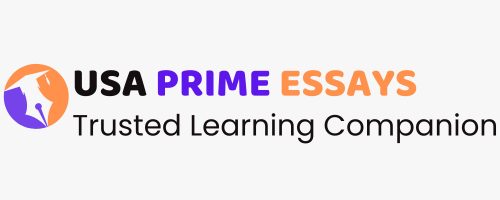Practicum Discussion: This week your assignment is to collect and then refine health data about the issue that affects your population group. You will use scholarly professional literature to support your ideas about the population at risk. If data is not available for your population on a local level, then use county or state data. Some examples of health data that you might consider gathering are epidemiologic information related to health conditions, reproductive outcomes, causes of death, vital statistics, socioeconomic data including poverty and/or educational levels, quality of life issues, and/or lack of access to health care due to lack of health insurance or access to providers. You will want to compare local data with state and national trends to fully understand the extent of the selected problem in your community.
Please address the following points in your Practicum Discussion:
- Describe the specific health problem and population you have selected.
- What data did you find to support your decision? Help each other further refine and clarify the problem and population.
- What useful health data and public health websites did you locate to support your position?
- What other evidence did you find? You can include scholarly articles in this discussion
Read two or more of your colleagues’ postings from the Discussion question. As a community of practice, help each other refine and clarify the health problem remembering that this project focuses on primary prevention strategies at the community and system level of care.
Respond to at least two colleagues. Your responses should be substantial and should contribute ideas, tools, alternate points of view, resources, and information related to identified health problems.
For all posts, be sure to use evidence from the readings and include in-text citations. Avoid quotes; paraphrase to incorporate evidence into your own writing. A reference list is required. Use the most current evidence (usually ≤ 5 years old).
*** need a response to Discussion in attached file
Expert Solution Preview
Introduction:
Collecting and refining health data is crucial for healthcare professionals to gain insights into the severity of a health issue within a population group. As a medical professor, it is imperative to provide students with practical assignments that simulate real-world scenarios. This assignment of collecting and analyzing health data will make students familiar with the process of gathering and refining health data, which will help them understand the healthcare needs of a particular population group.
1. Describe the specific health problem and population you have selected.
The specific health problem I have chosen is smoking addiction, and the target population is teens aged 13 to 18 years living in rural areas. The reason for choosing rural areas is the lack of smoking cessation programs and limited access to healthcare facilities in these areas, making it challenging for rural teens to quit smoking.
2. What data did you find to support your decision? Help each other further refine and clarify the problem and population.
According to the data from the Centers for Disease Control and Prevention (CDC), about 20% of high school students smoke tobacco nationally, and the numbers are higher among rural populations. Rural high school students are more likely to use tobacco products such as cigarettes, e-cigarettes, and smokeless tobacco products than their urban counterparts. Moreover, the data from the National Survey on Drug Use and Health (NSDUH) shows that the number of tobacco users aged 12 to 17 years living in rural areas is significantly higher than in urban areas.
3. What useful health data and public health websites did you locate to support your position?
I found some useful health data on the CDC’s official website, which provides information about smoking addiction and its impact on health. Moreover, I visited the National Rural Health Association (NRHA) website to collect data about rural health statistics, and the data from the National Survey on Drug Use and Health (NSDUH) provided detailed information about the teen smoking prevalence rate in rural areas.
4. What other evidence did you find? You can include scholarly articles in this discussion.
According to the scholarly article “Smoking Prevalence and Cessation in Rural and Urban Primary Care Physician Practices,” rural residents have multiple risk factors that lead to increased smoking prevalence, including lower socioeconomic status, limited healthcare access, and lack of tobacco cessation programs. The scholarly article “Tobacco Use in Rural Areas,” highlights the limited availability of smoking cessation programs and reduced awareness about smoking addiction in rural areas. These articles provide valuable information that supports the need for primary prevention strategies in rural areas to reduce smoking prevalence rates among teens.




